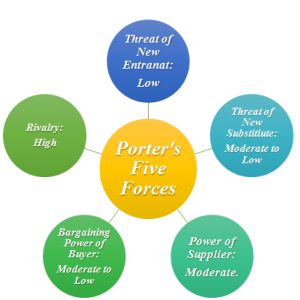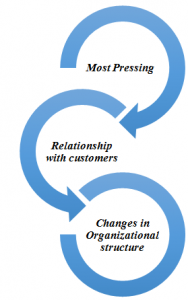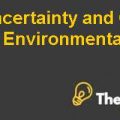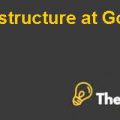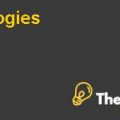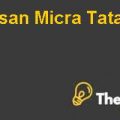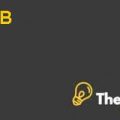Starbucks Coffee Company: Transformation and Renewal Case Study Solution
Schultz’s Statement:
In an interview in 2014, Schultz stated that “Starbucks is redefining the role of for-profit company”. It simply means that during the crisis and downfall of the Starbucks in 2007-2008, it almost seemed impossible to take the organization back on track in its sales. As the decline in the sale was observed due to two main factor, of which rapid expansion was found to be the key factor. Hence, after a lot of struggle and collaborative efforts of the team members at Starbucks Schultz had better understood the key to success. This mainly is concerned with the loyalty with customers and product innovation and quality. On which Starbucks is surely focusing on.
Thus, the impact of actions taken by Schultz had proved significant as it has been stated by him that the organization was significantly growing and enjoying its success all around the world. As the key motives or moves for Starbucks was the ethical sourcing and environmental concerns as well. Though, it can be concluded that the Transformation Agenda implementation had positive impact on the Bottom Line.
Porter’s Five Forces Model:
Threat of New Entrant:
In the beverage industry, there are already strong competitors residing and competing against each other. Starbucks had been trending well not only in United States but all around the world. The key to success in beverage industry is the quality and innovation of the product as well as customers’ loyalty. This takes many years to build trust over customers. Hence, the new entrant threat survival is considered as low.
Threat of New Substitute:
There are a number of other products i.e. organic such as juices, milk and many other. This might be a distraction of consumers’ interest from Starbucks products towards other products. But due to high quality product and low switching cost and the emotional attachment of customers with customer might restrict customers from switching to other products. Thus, it can be considered that the threat of new substitute in the beverage industry is moderate to low.
Bargaining Power of Supplier:
The suppliers’ power of bargaining is referred as moderate. As Starbucks products are easily available in different restaurants, grocery stores, retailer outlets and marketplaces. Starbucks has maintained a healthy relationship with its suppliers from resources to its products and equipment’s which are particularly designed to bring innovation and differentiation of its products from other products in the market. Due to the fact that Coffee is highly demanded not only in United States but also at globally.
Bargaining Power of Buyer:
The buyers’ power of bargaining is moderate to low. This is due to the reason that there are number of different substitutes in the market. But as Starbucks has built its trust over customers by being in the competition for so long. Although, the switching cost of the substitute of the products by other organizations and private labels vary but the quality and the brand name does not let customers switching.
Rivalry Competitiveness:
In the global beverage industry, the rivals of Starbucks are many such as local shops and cafés of Coffee. As these small business firms offers products at low price but they do compromise on the quality of the product. Starbucks had been struggling and will keep on making efforts in bringing innovation to its products. Rather, the rival competitiveness for Starbucks in beverage industry is moderate to high.
Conclusion:
Starbucks is a renowned organization with the expansion of its business all around the world. Starbucks sale and gross margins had been increasing at the noticeable rate till 2006. During 2007-2008, Starbucks rapidly expanded its business which proved be a wrong move which resulted in the declining revenues and increase in the operating and occupancy costs. Though, Schultz rejoined Starbucks as CEO and with the collaboration of his team, he developed a transformation Agenda to completely transform the organizational structure and thus was successful.
Exhibits:
Exhibit 1:
Exhibit 2
Starbucks Transformation Agenda:
| Seven Big Moves | ||||||
| 1 | 2 | 3 | 4 | 5 | 6 | 7 |
| To be the coffee authority i.e. undisputed | Inspire and Engage partners with.
|
Ignition of attachment to customers by means of emotions.
|
Expand the presence around the world
|
Act as a leader in environment impact and ethical sourcing.
|
Creative innovations that are worthy introduction in Coffee.
|
Delivery of economic model i.e. sustainable.
|
Exhibit 3:
This is just a sample partical work. Please place the order on the website to get your own originally done case solution.

